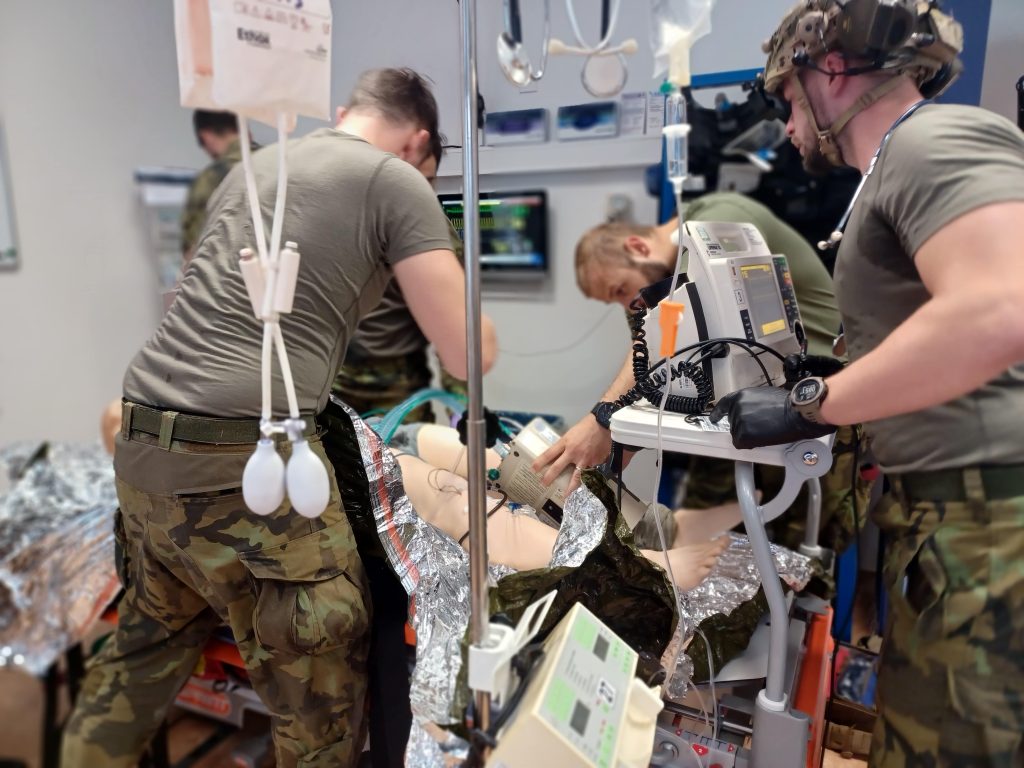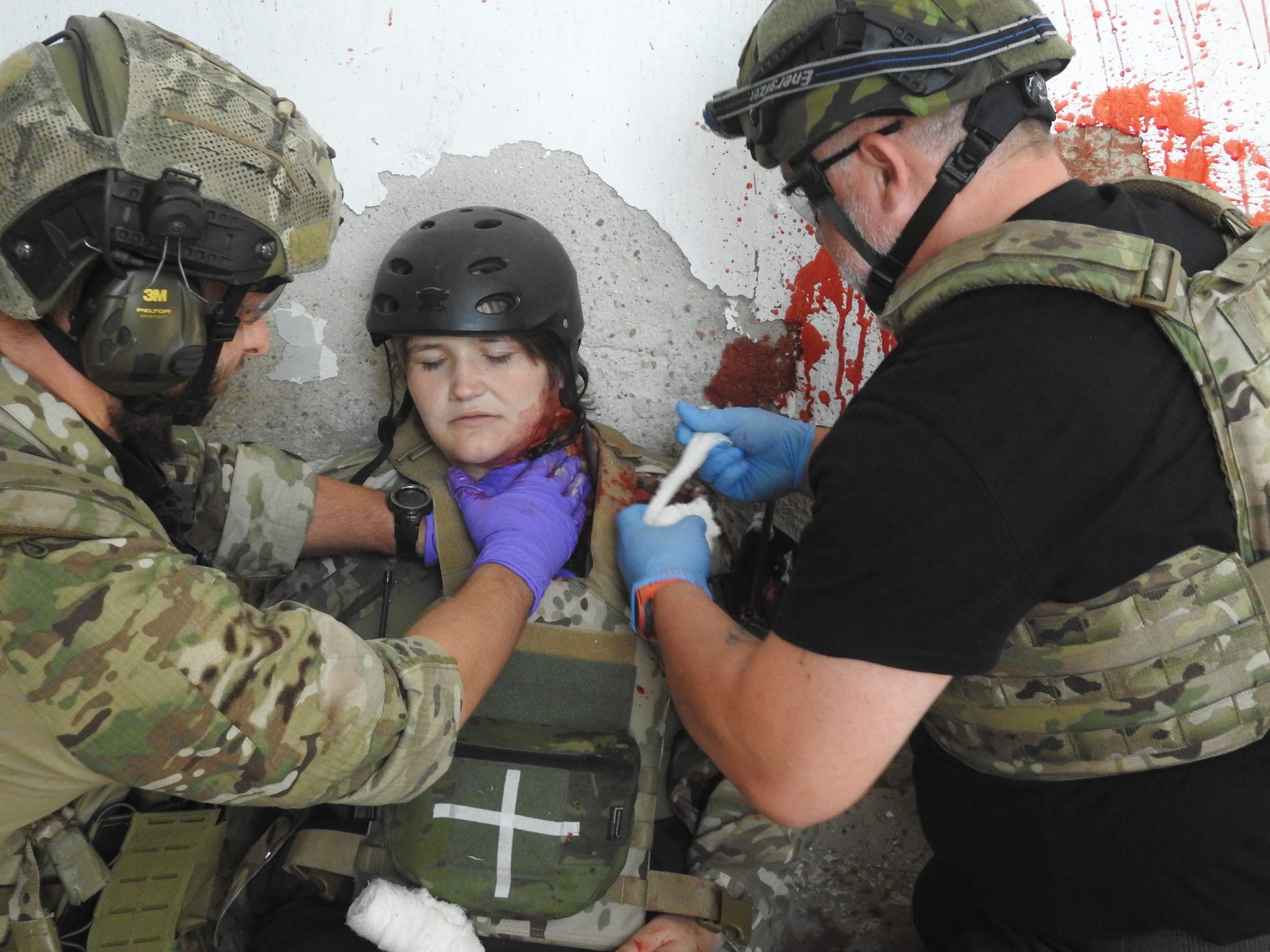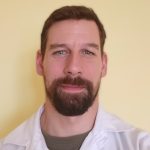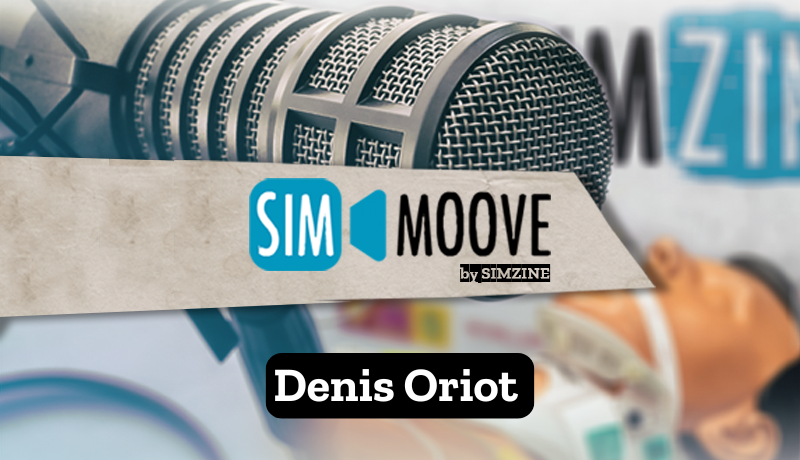Medical simulation is vital in both civilian and military training. The Department of Anaesthesiology and Intensive Care at Charles University and the Military University Hospital in Prague created a specialized combat medicine course, bridging civilian and combat medicine. Established in 2012, the center trains various medical professionals using high-fidelity simulations. Keep on reading to learn more
Medical simulation plays a crucial role not only in civilian medicine, but also in military medical training. The Department of Anaesthesiology and Intensive Care 1st Faculty of Medicine of Charles University and Military University Hospital in Prague established the first specialized course in simulation medicine with a focus on pre-hospital care under combat conditions at its simulation center three years ago. In doing so, we have created an entirely new teaching concept and bridged the gap between civilian and combat medicine.
Our simulation center was established in 2012. We are dedicated to educating undergraduate and graduate medical students, as well as biomedical engineers, nurses and paramedics. The program emphasizes hands-on training through high-fidelity simulations in a modern instructional format. We regularly provide education and emergency management training to all hospital staff. Our close cooperation with the Army of the Czech Republic has significantly improved the concept of teaching in battlefield pre-hospital care.

Combat medicine
Combat medicine differs significantly. The differences are not limited to the range of injuries or specialized equipment, but also include the frequent occurrence of mass disabilities. The impact of battle stressors on the quality of care and the chances of a positive outcome for the wounded is significant. Combat stressors are categorized into four types: environmental, physical, cognitive, and emotional.
Teaching prehospital care under combat conditions requires a perfect mastery of theoretical knowledge and practical skills, as well as the ability to manage and consciously control combat stress. These differences in training must be recognized and addressed.
Medical errors can occur in inconvenient situations, resulting in decrease in the quality of care and negative patient outcomes. Debriefing is a proven method for identifying and correcting these errors, as well as training teamwork and communication skills. Prioritizing these skills, even in a combat environment, is crucial to ensuring the best possible outcomes for patients.
Course rhythm
The military paramedic courses last four days. Theoretical knowledge and practical skills in combat medicine as well as mastery of basic treatment algorithms are required to qualify for this program. Four-person teams are the ideal format, and treatment initially focuses on the most common traumatic life-threatening conditions, gradually including less common or rare nontraumatic complications. Care is provided at all stages – from the scene, through transport and initial treatment in the simulation room, to transferring the patient to a higher level of care.
Expert workshops are conducted on selected topics in combat medicine, including securing the airway, surgical decompression of the chest, damage control resuscitation, basics of analgesia and sedation, and care of traumatic brain injury. Our team is confident in our ability to provide comprehensive and effective training in these critical areas.
On the final day of the course, trainees treat patients in a Mass Casualty Acute Care (MASCAL) situation using tents or improvised treatment rooms. Practicing medical care in challenging environments, such as using tents or improvised treatment rooms in basements or containers, instead of comfortable simulation rooms, prepares participants to be confident in their ability to provide effective care in any situation.

Modus operandi
Our courses simulate a realistic combat environment using advanced full-body simulators, skilled actors and professional make-up artists. Smoke, loud music, explosions, confined spaces, and full battle gear, including personal weapons, are used to realistically illustrate the great acting skills of our „wounded patients“.
During treatment, which typically lasts several hours, participants may experience fatigue, hunger, thirst, and extreme heat fluctuations. Getting minimal rest or not sleeping can have significant effects. Inadequate or misleading information about changing circumstances may cause participants to struggle. Soldiers must plan and prepare their personal materials, manage limited medical supplies, and decide on a minute by minute basis which casualties will receive medical care and the extent of that care. Military medics must maintain a tactical mindset due to the constantly evolving treatment environment.
Justification
Treating critically ill patients in a combat environment after the end of the Czech Army’s foreign operations in Iraq or Afghanistan is a challenging task that requires a high level of expertise. Internships in foreign facilities with a high incidence of combat-related injuries are very expensive. Simulation medicine is the appropriate method to significantly improve the learning curve of our military medics and prepare them for upcoming tasks in a short amount of time. This is especially important in the context of the ongoing symmetric high-intensity conflict in Ukraine. Simulation medicine fully prepares medics to handle any situation that may arise with confidence and expertise. It is our belief that this approach will lead to the best possible outcomes for our military professionals.

Future plans
In addition to our pre-hospital care courses, we are pleased to announce the expansion of our course offerings to include field surgical teams and other areas. In order to modernize and improve our courses, we have initiated cooperation with the Czech Technical University, which has allowed us to use 3D printing methods (a real 3D model of the bronchial tree or limb amputations, which can be connected to whole-body simulators), but we are also participating in the development of an auscultation simulator or a diagnostic simulator for long bone fractures. Our goal is to develop cost-effective and practical full-body simulators that can be widely utilized by the Czech Armed Forces.
READ ALSO









































